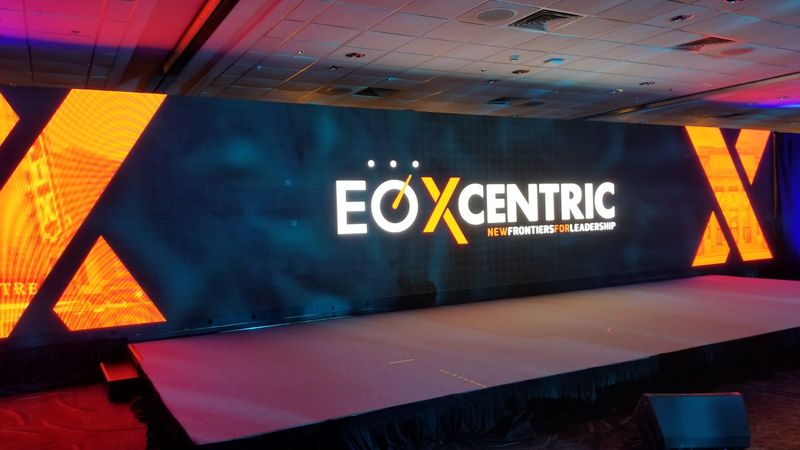Clarifying LED Display Panel Luminance Evaluations for Peak Display Effectiveness
Clarifying LED Display Panel Luminance Evaluations for Peak Display Effectiveness
Blog Article
Light Emitting Diode panel screens have become increasingly favored across different environments, including homes to businesses and public spaces. Such panels tend to be recognized due to the vivid as well as dynamic displays, which make them ideal to communicating information, ads, and entertainment. However, understanding brightness illumination levels for Light Emitting Diode panel panels is essential for ensuring optimal display performance. Brightness is measured using metrics known as candelas, that show how much luminosity produced by a screen. A greater the number of nits, the brighter more luminous the visual will be. For instance, example, one screen with 1,000 nits stands significantly brighter than a featuring five hundred candelas, making it more suitable for well-lit settings.
When choosing a Light Emitting Diode wall screen, it is important in take into account which environment in which it will be placed. For well-lit illumined areas, such as shopping malls or open-air locations, higher increased luminosity level becomes essential for guaranteeing visibility. On the other hand, in dimmer settings, like theaters and conference rooms, a diminished illumination rate might be adequate. This excessive because excessive brightness in a dark environment can lead in viewer discomfort among the audience, causing them more difficult for concentrate with the screen. Thus, comprehending specific particular requirements of the installation location can help in choosing the right illumination rate to ensure optimal viewing experience.
A further crucial element for take into account the the contrast ratio of the LED wall panel. The contrast ratio measures how much disparity exists between the brightest most luminous light versus the dark black that a screen is able to produce. An greater differential proportion means that the display can present greater clarity as well as richness, thereby improves overall image quality. For instance, a panel with an differential proportion of ten thousand to one is able to show visuals featuring greater vivid hues and sharper details compared to a featuring a proportion at one thousand to one. Such becomes especially crucial when displaying visuals or videos that require high definition as well as fine details, such as presentations or promotional material.
Additionally, the technology technology behind Light Emitting Diode wall panels plays a essential part in their illumination as well as total efficiency. Different types in LED methods, including Organic Light Emitting Diode as well as LCD, have unique characteristics that impact the way brightness is experienced. Organic Light Emitting Diode screens often offer better differential as well as deeper blacks, thereby may enhance a visual experience creative led wall designs within darker settings. On the other hand, traditional LED panels may be better in bright environments because of their capacity to generate greater amounts of brightness. Comprehending such technological variances will guide consumers to making informed decisions according to specific individual requirements.
Finally, regular maintenance as well as calibration of Light Emitting Diode wall panels may help preserve optimal illumination and efficacy long-term. Dust as well as particles can accumulate in a surface, impacting the brightness and sharpness in a visual. Regular cleaning as well as professional adjustment can ensure the panel panel operates at its best, providing consistent visual quality. Moreover, over here some advanced Light Emitting Diode panel panels come built-in built-in options which allow operators to modify illumination levels as well as color settings according to individual preferences. By implementing such steps, operators can guarantee that their LED wall screens deliver an optimal display efficiency, regardless of where setting where which they are placed.
